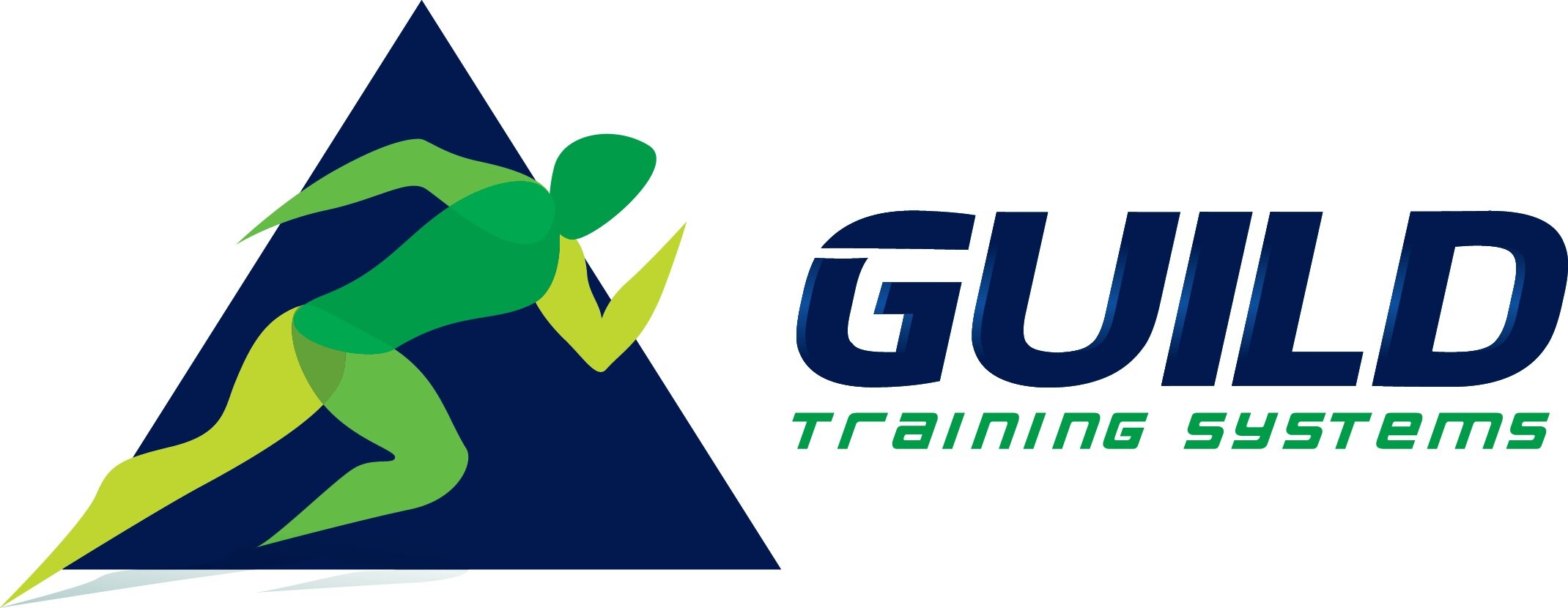A New World
We started taking in-person training clientele this week at Concept. Governor Scott’s address last Friday opened the door for us gyms to begin delivering our services again in a controlled environment.
What is a controlled environment?
To us, it’s been cleaning everything before and after people come through the door. It’s meant wearing masks during training sessions, sterilizing hands before touching equipment, maintaining six feet of distance at all times.
Needless to say, the training environment has shifted.
People still want to train, they want to be aggressive and chase goals, breaking through barriers and finding new heights that their body can reach.
But there’s a different feeling as well. One that may be the best thing to happen to personal training yet. It’s a feeling of gratitude. A realization of the value in exercise and companionship. Prior to COVID-19, personal training was seen as a supplemental service, available only to those who could afford it or could find the time in their day.
It’s now a part of daily life. Online training programs have allowed people to stay fit during quarantine and those habits aren’t going anywhere. Spending the last few months cycling between different programs have allowed people to truly realize the variety in training services. Leading to our current climate in personal training. People know what they like, they know what they missed during quarantine and they’re grateful when their needs are met.
It’s interesting to watch an empowered community. After taking two months away from their trainers, there are some folks who won’t return to them. The reason being is that those trainers weren’t able to provide something that couldn’t be found in quarantine. This could be outcome-driven programming, a truly personalized experience or simply the feeling of comfort, strength and confidence that comes from successful personal training environments.
I for one am excited for the new frontier. A discerning community being given numerous options to find their perfect match with health and fitness. It pushes me to refine my skills and continue to help push the profession forward. Trainers need to educate and listen in the coming months and years as the training industry is evolving. Gone are the days where we go to the trainer down the street because they’re the only one between home and work. Gone are the days where trainers can write their program on a piece of paper and give it to their friends to do. Freemium services are the new normal. What’s the difference maker in staying alive as personal trainer? It certainly isn’t generalized programming for the ignorant consumer. So what is it?
Individualized assessment
Assessments are everywhere in the personal training world. The most frequently used one that I’ve been around would be the Functional Movement Screen, which uses 7 movements to determine an athlete’s overall movement quality and functionality.
The problem with using a one-size-fits-all assessment is that athletes have different needs. The in-line lunge is a great assessment but not one that we are going to use with someone either highly advanced in their training or say an elderly client who lacks prerequisite strength to get up. The assessment should fit the athlete, giving a trainer vital information that helps them create a program for an athlete’s specific goals. If the assessment is predetermined, the program may be too.
Personalized coaching
Athlete’s respond differently to coaching strategies. A verbal cue may work for one that does not work for another. Some athletes love auditory commands, others simply want a trainer to shut up and let them work.
If a trainer can fine-tune their coaching strategy to the individual needs of the athlete, they can set themselves apart in this competitive training landscape by again, putting the needs of the client first.
Support in the other 23 hours
The reach of a personal trainer historically has only gone so far. Once an athlete steps outside the gym, the influence of the trainer has tended to dissipate.
Gone are those days, as online training programs, instant communication platforms and multifaceted training facilities have allowed athletes to have a “one stop shop” for all their training needs. If a trainer can provide a program, nutritional support, soft-tissue therapy or a combination of the available tools and resources that are being provided, they can also set themselves apart from the rest.
Folks don’t want to spend their day traveling from the gym to the massage studio to the yoga studio to the smoothie shop. Differentiate by diversifying but be careful… the Jack of All Trades, Master of None principle can leave a trainer out to dry by inhibiting them from being truly above average in any one discipline. If a trainer is going to diversify, it needs to be through enabling other professionals to work with their clientele, for example a nutritionist, massage therapist or sports psychologist or it means that the trainer needs to have systems in place to provide those services on top of what they already do well.
It will continue to grow harder to differentiate in the personal training space. Capitalism drives evolution of business practices and it’s no different in the health and fitness sector.
Keep learning and growing trainers, there’s no substitute or shortcut to staying ahead of freemium services. It’s the grit and determination to provide the best service that will keep us in business.
